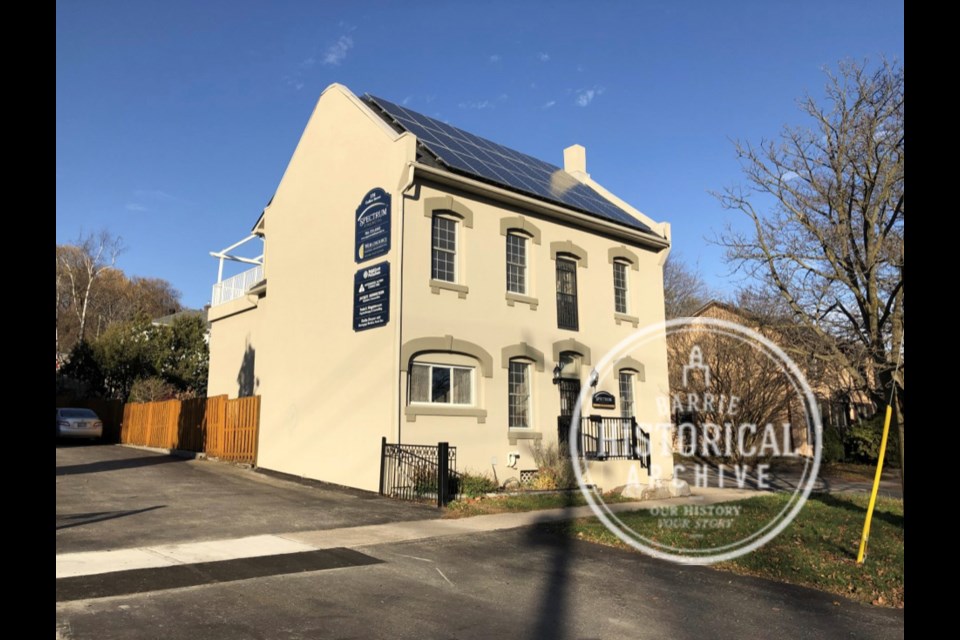Genealogical research has changed a lot since the days when my father ordered microfiche records from the Family History Centre on Ferris Lane. He would return weeks later to scroll through the films and hand-scribble relevant information onto a notepad.
The advent of DNA testing has changed the family history landscape dramatically. It has been a wonderful tool to confirm what Grandma always said about your Irish ancestry.
The other side of the coin are the surprise results. Most are innocuous. OK, so we aren’t Irish after all.
Records, highly valued as the true source of family lineages, are only as good as the people providing the information. If those people had something to hide, they put forward some falsehoods to cover up the thing they would rather not be known.
In my own family tree, the biggest untruths of all were told about illegitimate children. Oh, the stories they cooked up.
It is difficult to imagine today, but both mother and child suffered greatly in the past, purely because society demanded each child be born to married parents. If not, the penalty was harsh and lifelong.
It is not surprising women of the past, who found themselves pregnant and unmarried, were terrified of what was to come and were forced into desperate measures.
On May 13, 1875, the Northern Advance reported a story titled ‘An Unwelcome Present’ in which it detailed the discovery of a foundling child on the doorstep of George Whitebread at 134 Collier St.
The article named the mother of the child and explained she was a young vagrant girl who had been housed in the Barrie Jail for most of the winter until being turned out.
A local woman, a Mrs. Beaver, had been sympathetic to the girl. The Northern Advance was less understanding.
“We believe the little waif is being kept at the expense of the town by Mrs. Beaver. We hope that the whereabouts of the unnatural mother may yet be discovered and that she may be made to come and take charge of her little responsibility.”
Where the little boy went is not known but he was likely taken in by a local family. Until 1914, when shoemaker Nicolas Cotter donated his own home on Worsley Street as a children’s shelter, orphans and underprivileged children had been cared for in the private homes of concerned citizens.
The shelter quickly outgrew its Worsley Street location and moved to 172 Dunlop St. W., in 1917.
In July 1919, there was great excitement in the Allandale section of town when a newborn boy was found on the doorstep of a house in that neighbourhood. The Children’s Aid Society took charge of the little fellow. It was announced later the babe was doing well and the society had elected to give him the name Allan Dale. I wonder what ever became of this aptly named little guy.
In many cases, it would appear a desperate mother seemed to choose a nice-looking home to leave her baby. In addition to the extreme scandal of her situation, poverty was the other near-insurmountable barrier to single motherhood. It makes sense, then, a mother might pick the home of a well-to-do family, one that had the means to provide for the little one.
John Wood Parrish had a beautiful brick home, surrounded in lush gardens he tended himself. Parrish had once operated a hardware store in Alliston but had been living at 119 Collier St., on the southeast corner of Poyntz Street, for 15 years by 1921.
On Jan. 12 of that year, at 7:30 in the morning, the house was in an uproar after Parrish’s 27-year-old daughter, Irene, found a very young baby boy, wrapped in multiple blankets, out in the cold on their front step.
The police were called and Chief King himself arrived to have a look. The baby was then whisked off for care at Royal Victoria Hospital and no more updates appeared after that.
These foundling children likely grew up and had families of their own. Out there somewhere, their descendants are puzzling over their DNA test results and wondering why they don’t match with their own cousins.
Each week, the Barrie Historical Archive provides BarrieToday readers with a glimpse of the city’s past. This unique column features photos and stories from years gone by and is sure to appeal to the historian in each of us.



